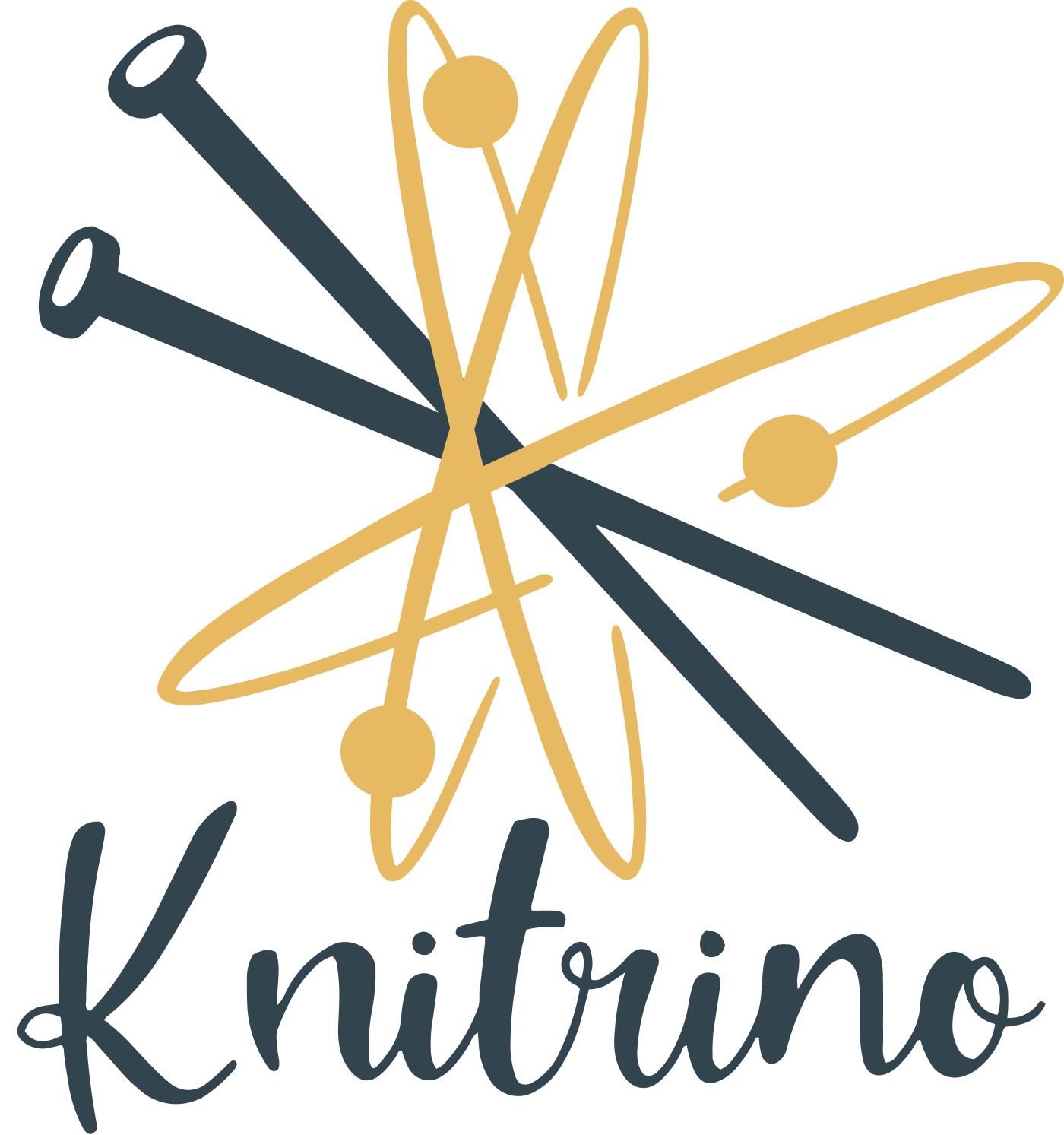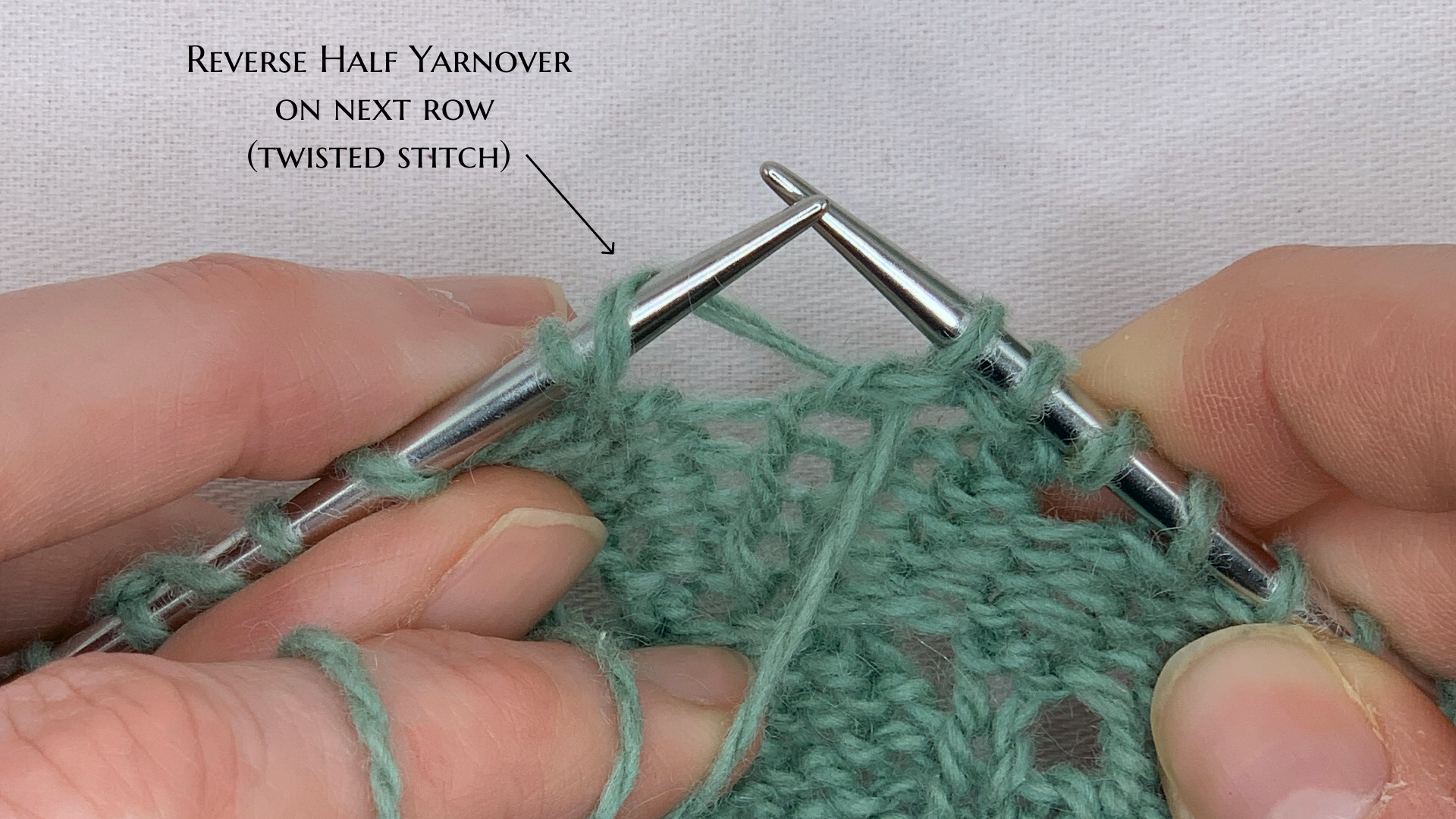To The Moon
Overview
This guide contains lots of helpful information for knitting these socks–you can click any of these links to jump to the appropriate section. Those new to reading charts may wish to see How To Read Knitting Charts on our blog or watch the video for the project-specific version below.
Clue 4: Time Warp
Blocking Tips
Making tassels
Reading the Chart
We find charts to be a really helpful way to connect knitting instruction to the actual object you’re creating. Knitrino uses many standard charting symbols and conventions. Our goal is to make our charts easier to read and understand, and to simulate the physical world as much as possible.
Nearly all knitting conventions seem to have been developed for the right handed knitter, and those are the conventions we currently use, though we have big big plans to offer even better functionality for left-handed knitters!
When you look at a chart in Knitrino, it’s always showing you the front side or right side of the work. Often, the chart is a mini version of what you’re knitting, with repeated parts of the motif collapsed into one chunk. When working flat like in this project how you read the chart depends on which side you’re working on.
Even or right side rows: Read the chart from right to left.
Odd or wrong side rows: Read the chart from left to right.
Because the chart shows the right side of the work, symbols for the wrong side rows look like the resulting stitch on the RIGHT SIDE. The chart actually looks quite a lot like the finished fabric.
Yarn Substitutions
This lightweight, summer shawl is knit with a loose gauge on US 6/4 mm needles. Some knitters may also wish to go up a needle size in some sections. If substituting other colors/yarns, we recommend pairing a tonal & variegated with the same foundational colors. Some of our test knitters also knit this shawl beautifully in 1 color. Knitting in 2 distinctly different colors will leave you with sharp boundaries between sections.
Checking Your Gauge
Gauge is not critical for this project. This shawl is designed to have a light, airy fabric. Tight knitters may want to start by going up a needle size.
Measuring gauge on a project like this is always tricky, because the fabric is super stretchy. Your gauge should be around ~ about 18-20 stitches and about 30-32 rows = 4" x 4"/10 cm x 10 cm in Garter Stitch, blocked. Of course, there’s no part of the project that has 4”/10 cm Garter Stitch, so we recommend the following:
Complete Sections 1-3 with the recommended needles and then steam or wet block. The work should measure about 3-3.5"/7.5-9 cm across the top and about 5.5"/14 cm in length. If your gauge is significantly different, try going up or down a needle size. If your gauge is close, you’re probably just fine. (If measuring without blocking, your work will probably be smaller.)
What you don’t want is a fabric that’s tight - we’re looking for a loose knit with lots of air.
Clue 4: Star Gazing
The Star Stitch will be new to almost every knitter (it was to us!) The trick with this motif is to keep your increases nice and loose so the fabric doesn’t pull in too much. Your stars should line up on the diagonals, though there will be places at the edges where there’s a little bit of stockinette, since the stitch count changes. You’ll also see that your stitches clump together on the needle on the right-side rows where you work the star stitches, but just use an even tension when working back across the row on the wrong side, and everything will turn out great!
The video below shows the right & left handed (mirror knitting) star stitch, and the second video shows the 2-stitch small star. Note how loosely we work the increases, ensuring nice oversized loops on the needle.
Clue 5: Space Dust (Seed Stitch)
The Space Dust sections of the project use Seed Stitch to create a geometric fabric of knits and purls. Because you’re working flat, you read the right side rows from right to left and the wrong side rows (shown hashed) from left to right.
Remember that the convention for knitting charts is that the chart shows the resulting fabric when looking at the right side of the work. That means that the stitch symbols you’ll see look like the opposite of the action you’re taking: working a purl stitch on the wrong side will look like a knit stitch on the right side. It’s a bit of mental gymnastics, we know (we have big plans to improve this if we’re successful!)
This is where reading your knitting is helpful. When you start the Seed Stitch motif on the right side (the 5th stitch in your work), you’ll always start with a k1, and you’ll be knitting into purl stitches and purling into knit stitches. When you start the Seed Stitch on the wrong side, the starting stitch varies due to the increases, so you have to take care. But ALWAYS after the first 5 stitches of the wrong side rows, you’ll again be knitting into purl stitches and purling into knit stitches.
Clue 7: Lunar Landscapes Discussion
You may have noticed the unique yarn overs in this project, and wondered what’s going on. Whenever you have yarnovers between knit & purl stitches, some special care needs to be taken. (Note: It doesn’t NEED to be taken, you can just do your yarn overs as normal if you’d like, but the method described here and used in this pattern will make your lace look tidier and more uniform.)
In this pattern, our repeated lace row is:
[K1, k2tog, yarnover, p1, yarnover, Ssk]
If you were to carry the yarnovers around the needle in the normal direction, you’d end up with the first yarnover being much larger than the second. Why is that? Take a look at the images below. You’re carrying the yarn from behind the work all the way around the needle’s full circumference, and then bringing it forward to work the next purl stitch.
Looking at a cross section of the needle, we can see this clearly.
Looking at the second yarnover, we’re going from a purl stitch where the yarn is at the front of the work over the needle to the back of the work for the next knit-type stitch. In this case, the yarn only travels roughly half a needle circumference, and we refer to this as a Half Yarnover. Take a look at the images below.
A cross section shows this clearly.
Thus, the first yarnover will make an extra large hole in the lace, dwarfing its partner. You may have even seen this in your lace before and wondered what in the heck was going on. Take a look at the image below. The top lace section uses these traditional (super-sized) yarnovers for the first yarnover, then a purl stitch and the half yarnover from the purl to the next knit-style stitch. You can see how uneven these yarnovers look.
So how do we improve this? The goal is to make the length of the yarnover the same for both stitches, and the easiest way to do that is to mirror the half yarnover that occurs after the purl stitch. We call this the Reverse Half Yarnover. It’s a half yarnover because it’s covering half the circumference of the needle, and it’s “reverse” because we’re wrapping the yarn in the opposite direction, resulting in a twisted stitch that must be untwisted in the next row.
(A brief digression about names: we’re not sure anyone has good names for these, so you probably won’t see these names anywhere else in the knitting universe. But we like them because they describe the mechanics of what is happening, and differentiate between the different yarnovers.)
The Reverse Half Yarnover
How you think of the reverse half yarnover depends on your knitting style.
English Style: For those who knit English style, it’s pretty easy. You’ll just work your k2tog decrease, then insert your needle for the next purl stitch. When you bring your yarn over the working needle for the purl stitch, your reverse half yarnover is automagically created!
Continental Style: For those who knit Continental style, it’s just a little trickier. You’ll work your k2tog decrease, then bring your yarn over the top of the needle from back to front (it feels backwards when you’re doing it.) To purl, you’ll hold the yarnover in place with your finger, otherwise the yarnover will just slide off as you purl.
Working into Reverse Half Yarnover on The Next Row: Ptbl
As briefly mentioned above, the reverse half yarnover is a twisted stitch, meaning it’s sitting on the needle the wrong way around from all its friends. When you come to the stitch on the next row, this becomes quite obvious.
But never fear, it’s simple to resolve this stitch. You have two options:
(1) Turn it around before working it, and place it back on the holding needle.
(2) Work it through the back loop.
We generally suggest working through the back loop, as it’s not difficult once you know what to do, and it is fewer steps!
Not sure what we’re talking about? It’s the To The Moon Shawl, available exclusively in Knitrino.









